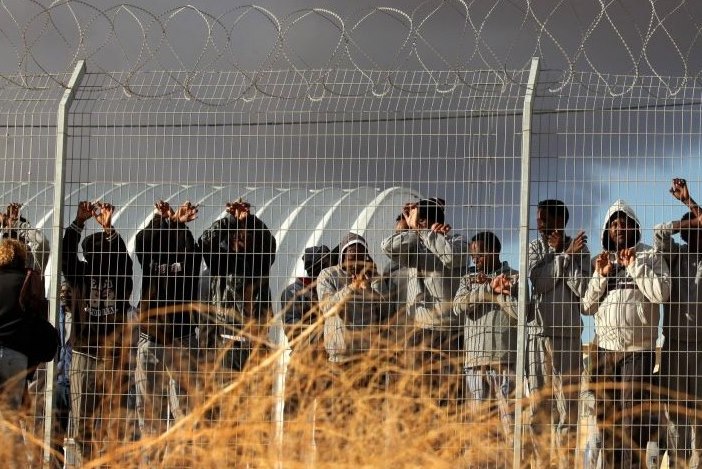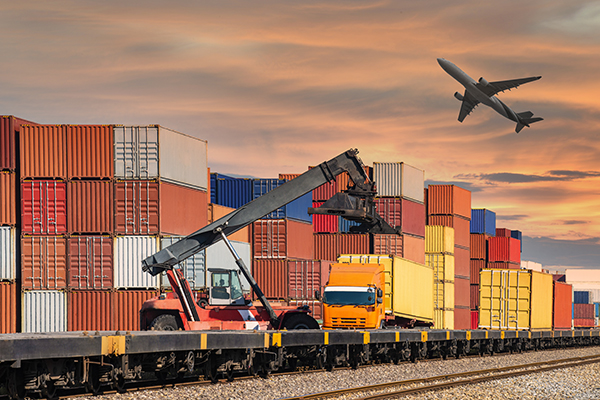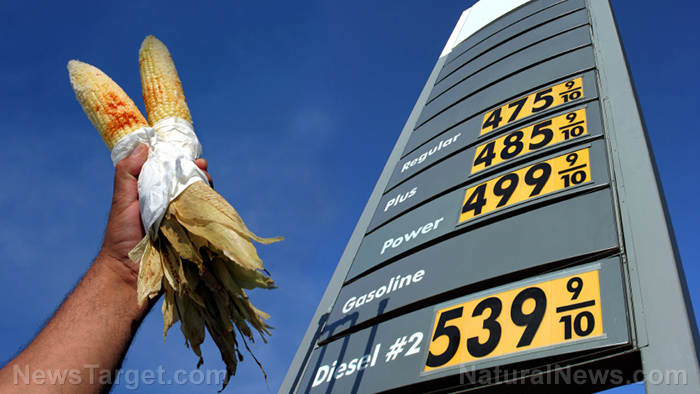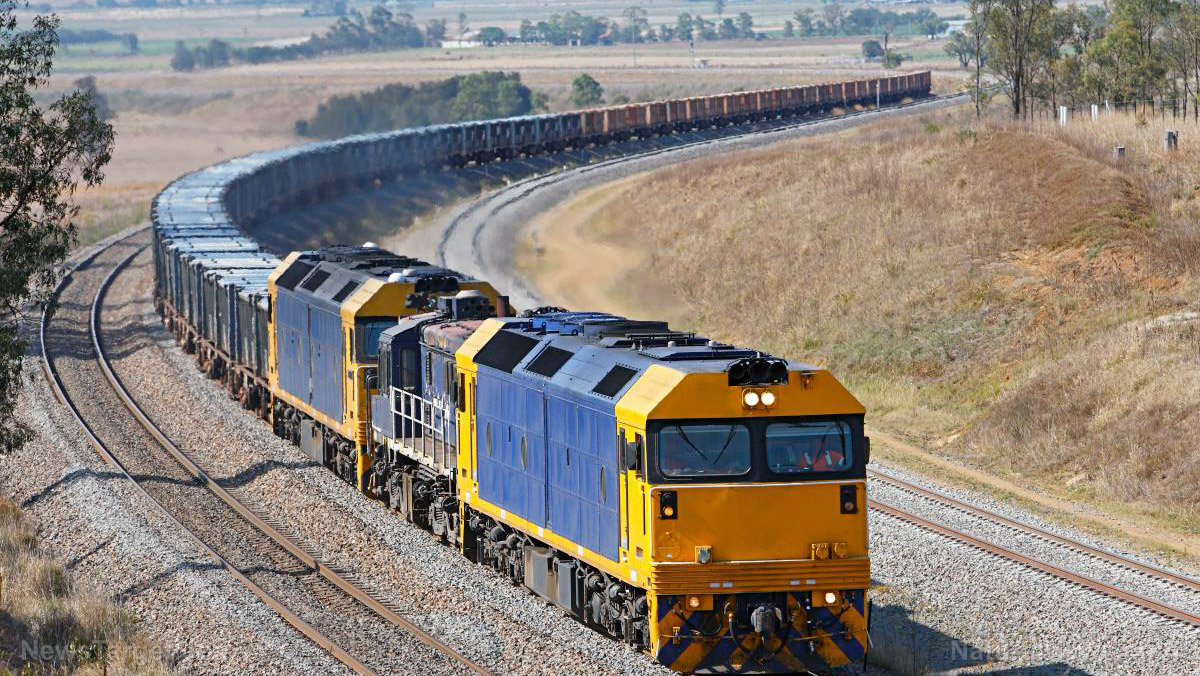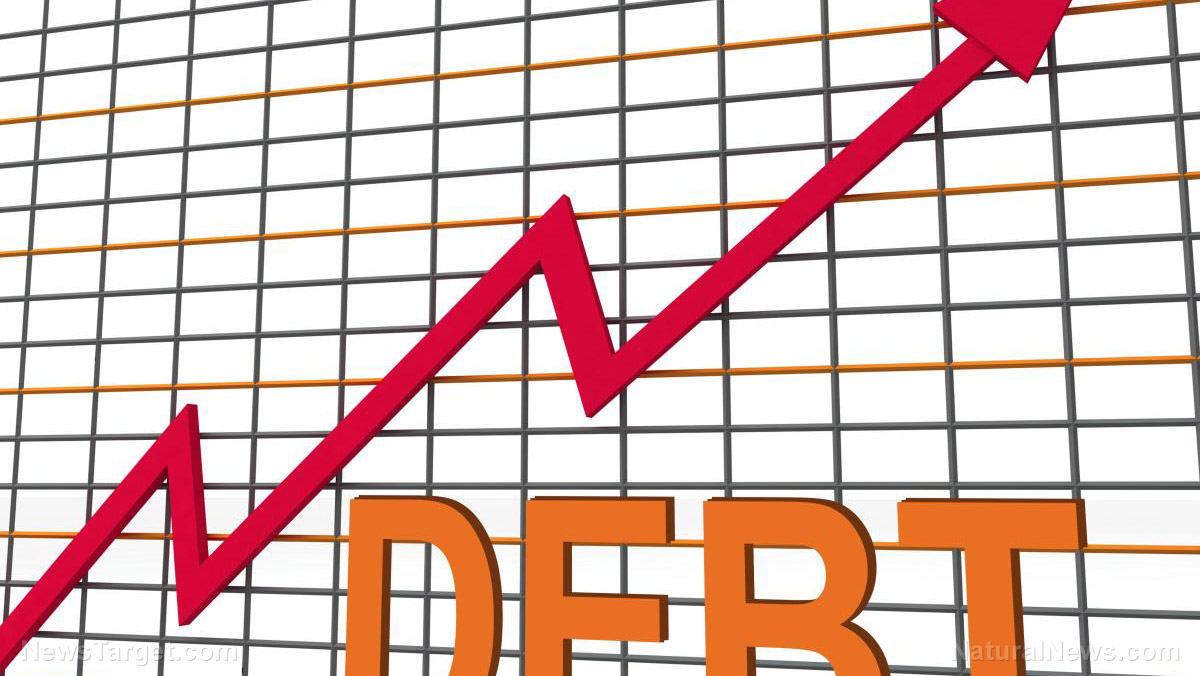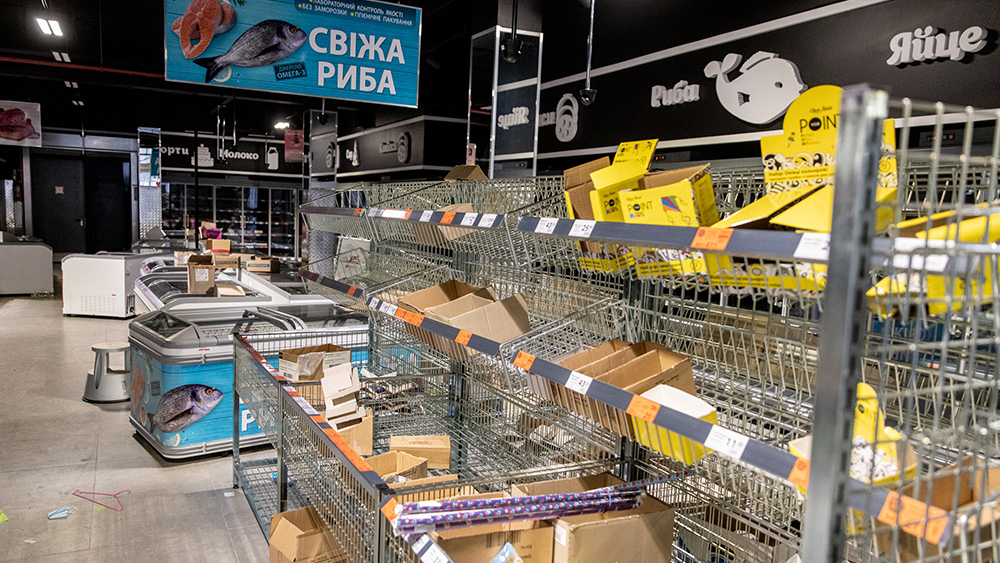John Deere worker strike continues into third week as supply line collapse of agricultural equipment and parts reaches alarming levels
11/04/2021 / By JD Heyes

As if the current supply chain crisis wasn’t bad enough, with its potential to dramatically impact deliveries of goods, energy and — importantly — food this winter, now Americans are facing another issue that isn’t going to help the situation one iota: A lingering strike at farm tractor and implement manufacturer John Deere.
After a two-week walkout, it appeared earlier this week that members of the United Auto Workers Union who work at John Deere and the company had reached a tentative new labor agreement.
“Our UAW John Deere national bargaining team went back to our local members after the previous tentative agreement and canvassed the concerns and priorities of membership,” noted Ray Curry, president of the UAW, according to CNN. Workers walked out of plants across the country on October 14 after 90 percent of union members rejected the first tentative agreement.
This second tentative agreement “contains enhanced economic gains and continues to provide the highest quality healthcare benefits in the industry,” the UAW announced in a statement.
“We want to thank the UAW bargaining team and striking UAW members and their families for the sacrifices they have made to achieve these gains,” Curry continued. “Our members have enjoyed the support of our communities and the entire labor movement nationwide as they have stood together in support and solidarity these past few weeks.”
“The negotiators focused on improving the areas of concern identified by our members during our last ratification process,” added Chuck Browning, Vice President of the UAW.
But it was not to be; a majority of Deere workers rejected the second offer as well, and now officials with the company say that last offer was the best they were willing to make and have vowed not to continue negotiating, according to CBS News:
Marc Howze, chief administrative officer of Deere, said Wednesday that a deal the United Auto Workers union rejected earlier this week represents the company’s best offer, including an immediate 10% raise, as the company tries to contain costs.
Howze declined to discuss how much the ongoing strike is costing Deere, which will release its next earnings report later this month. The disputed contract would cover more than 10,000 Deere workers at 12 facilities in Iowa, Illinois and Kansas, who make the company’s iconic John Deere green tractors and other equipment.
The company plans to reach out to employees directly now to stress the virtues of its offer while it tries to keep its plants running with salaried employees and other workers to meet customer commitments. Other Deere plants globally are also working to pick up the slack.
“We want to make sure they understand the value of the agreement, to make sure they understand that there is nothing to be gained by continuing to hold out,” Howze said. “To some degree, because we were able to come to a resolution as quickly as we were, I think there’s some folks who believe there must be some more available.”
Besides the initial raises, the new deal also included 5 percent more in the third and fifth years of a six-year deal. In addition, the package would have paid an $8,500 ratification bonus as well as preserved a pension option for new workers while making them qualified sooner for health insurance benefits and maintaining their no-premium coverage.
Union officials will be under pressure to deliver more but the company doesn’t appear willing to do that; meanwhile, as workers stay off the job, the company gets further behind fulfilling orders in an already supply-strained economy.
Food, clothing, fuel and shelter — the four main things that concern everyone — are being put further at risk under Biden. That’s just true. And while the president isn’t responsible for the John Deere strike, he isn’t doing much to alleviate the rest of the supply chain strain.
Sources include:
Submit a correction >>
Tagged Under:
bubble, chaos, collapse, crisis, John Deere, labor shortage, market crash, organized labor, parts shortages, products, revolt, shortages, strike, supply chain, UAW
This article may contain statements that reflect the opinion of the author
RECENT NEWS & ARTICLES
SupplyChainWarning.com is a fact-based public education website published by SupplyChainWarning.com Features, LLC.
All content copyright © 2021 by SupplyChainWarning.com Features, LLC.
Contact Us with Tips or Corrections
All trademarks, registered trademarks and servicemarks mentioned on this site are the property of their respective owners.

